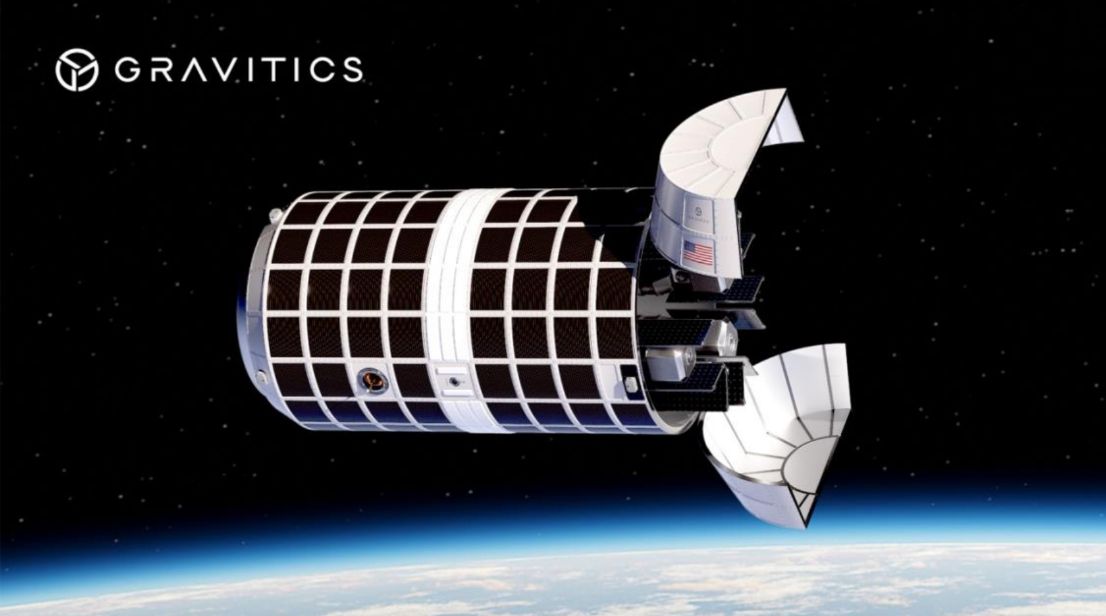Taking tactically responsive space to the next level. Literally.
In recent years, the US military has made much of a concept known as tactically responsive launch. This essentially means that if there is some rapidly developing threat in space—say an adversary takes out a key national defense satellite—the military would like the capability to rapidly fuel a satellite on Earth, mate it to a rocket, and launch it into space.
The US Space Force first demonstrated this tactically responsive capability with a launch on Firefly's Alpha rocket in 2023. As part of this "Victus Nox" test flight, a satellite was encapsulated into a payload fairing and mated to the rocket and completed all final launch preparations within 27 hours.
But what if there were an even faster way to respond? That's the vision behind a new, $60 million federal award to a new space company named Gravitics for a concept called an orbital carrier.
"In many ways it's kind of like what an aircraft carrier does," said Jon Goff, director of advanced concepts for the Seattle-based company.
Shielding satellites
In interviews about the concept with Ars, company officials were fairly vague about specific details of what orbital carriers will be able to do. A news release published on Wednesday morning, highlighting the Strategic Funding Increase, or STRATFI grant from the United States Space Force, also lacks specifics. The Space Force would prefer to keep the vehicle's operational capabilities under wraps.
But in general, the idea is to provide an unpressurized module in which one or more satellites can be pre-positioned in orbit.
Such a module would isolate the satellites from the space environment, sparing their batteries and sensitive electronics from harsh thermal cycles every 90 minutes, and provide some shielding from radiation. In addition, the orbital carrier would obfuscate the satellites inside from observation by other nations or hostile actors in space. Then, when a satellite is needed, it can be deployed into multiple orbits by the carrier.
A demonstration mission is possible as early as 2026, although Gravitics and the Space Force have shared no specific timeline.
Habitats for humans, too
Gravitics was founded in 2021 to build large structures in space for habitation or other purposes, and its name reflects a long-term desire to provide artificial gravity.
The company's initial product is a module with a 4-meter diameter that can provide power and pressurized volume. It is already working with Axiom Space to support its operations and could work with other space station companies. With the new federal award, the company is now moving into national defense applications as well.
"The vision is space superiority," said Colin Doughan, chief executive officer of Gravitics. "We think that vision is very compatible with both a Department of Defense product line as well as a commercial one. Orbital carriers, in their broadest sense, are really based off of the same vehicle. One is in an unpressurized state to be able to provide these mobility capabilities to the DOD, and one is in a pressurized state to be able to provide logistics services, station expansion options, power supplementation for station operations."
Gravitics is also doing preliminary work on a larger module 7.6 meters in diameter, known as "StarMax." This has included pressure testing. A single StarMax module would have a pressurized volume of 400 cubic meters, which is about 40 percent the size of the entire International Space Station.
Such a vehicle would, in theory, be large enough to deploy TIE Fighters. That's a joke—we think.
Hope you enjoyed this news post.
Thank you for appreciating my time and effort posting news every day for many years.
News posts... 2023: 5,800+ | 2024: 5,700+ | 2025 (till end of February): 874
RIP Matrix | Farewell my friend ![]()



3175x175(CURRENT).thumb.jpg.b05acc060982b36f5891ba728e6d953c.jpg)
Recommended Comments
There are no comments to display.
Join the conversation
You can post now and register later. If you have an account, sign in now to post with your account.
Note: Your post will require moderator approval before it will be visible.